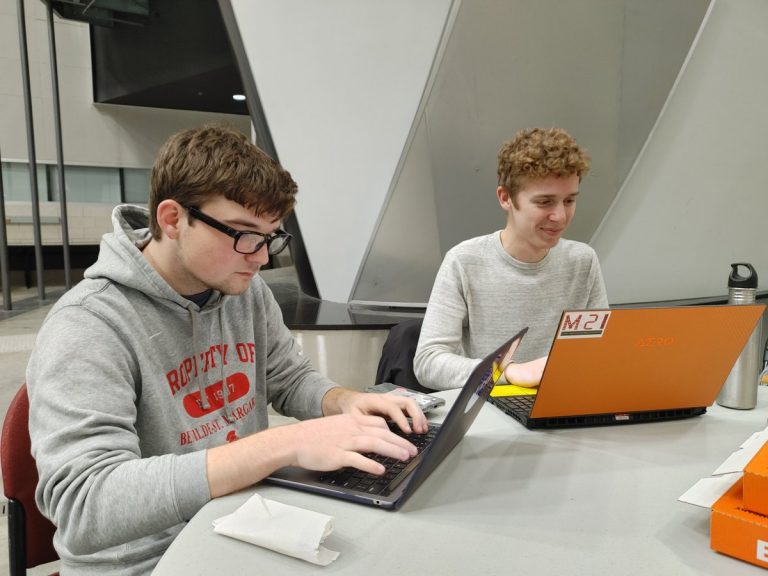Progress Made
The Fall 2021 semester marked the start of a new NASA challenge for the ISU Micro-G team. This year, the NASA Micro-g NExT program proposed three device design challenges relating to lunar exploration that students could choose. After carefully considering how each challenge could be approached, benefit space exploration, and inspire younger students through outreach, the ISU Micro-G team committed to pursuing Challenge 3:
Develop a reusable, multi-surface, lunar anchoring device.
The team accomplished much this semester to meet all of the challenge deadlines and produce a viable design for a lunar anchoring device. Each member brainstormed multiple ideas and worked together to form a final design by combining and refining the best ideas. Next, each sub-team within Micro-G worked on accomplishing their assigned tasks, which are detailed below. By keeping in constant communication, working together in the lab outside of meeting times, and following a strict schedule, the team was able to complete all deliverables and necessary tasks for the project that better prepare us for continued work in the spring. This included creating a detailed CAD model of the device, developing a 3D printed initial prototype for concept visualization, securing an additional $5,000 in project funding, developing a manufacturing plan for the spring, presenting to M2I industry partners, meeting with ISU youth STEM organizations to coordinate spring outreach events, and writing the 50-page design proposal sent to NASA that fully describes every aspect of the design.
Design Team
The Design Team has been hard at work researching, designing, and computer modeling the Lunar Anchoring Device (LAD). The team has conducted theoretical analysis on the design and is currently manufacturing and beginning to test a full prototype.
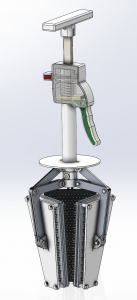
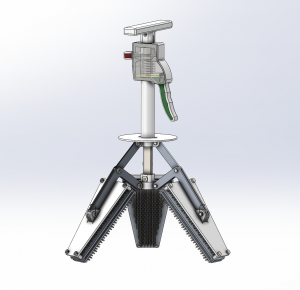
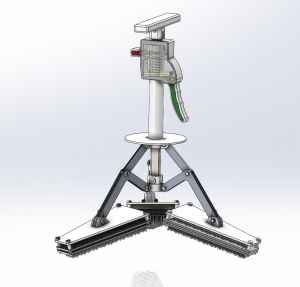
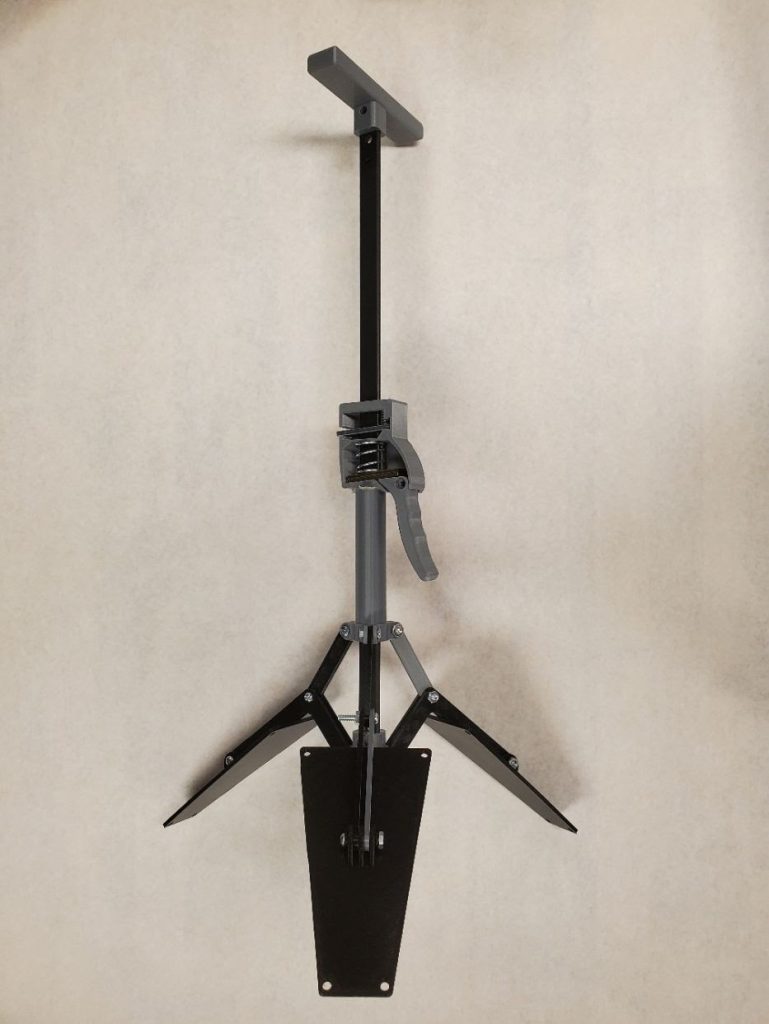
Fall Milestones Completed
- Finalized design for NASA proposal
- Computer model of proposal design
- Manufacturing plan
- Updated Bill of Materials
- Design safety and failure analysis
- Preliminary 3D printed prototype(s) to demonstrate design concept
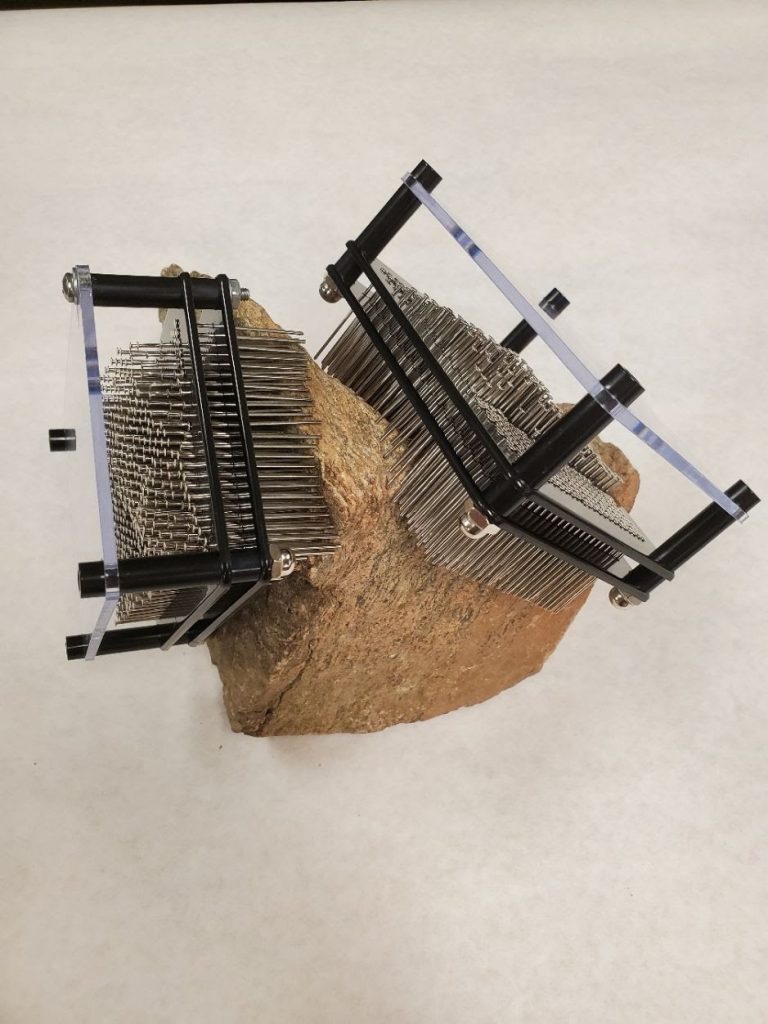
Operations Team
The Operations Team has been vital in the completion of NASA and M2I deadlines such as presentations, proposals, social media outreach & event planning, as well as securing funding for the project.
Concept Pitch Video
Fall Milestones Completed
- NASA proposal document
- Concept pitch video
- Iowa Space Grant Consortium funding proposal
- Finalized outreach plan
- Make to Innovate presentations and posters
- Updated website and social media
Symposium Poster
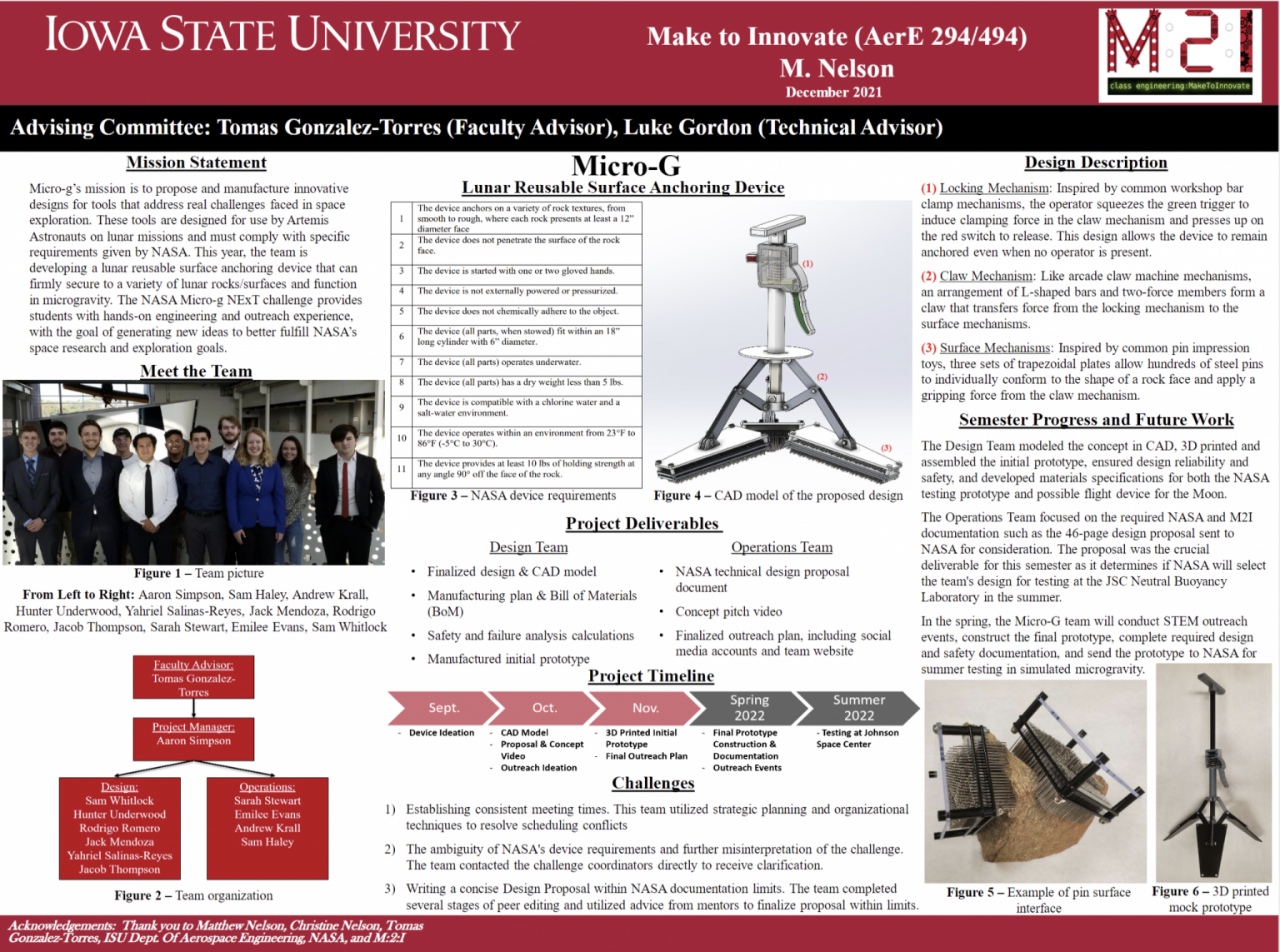
Semester Timeline


Team Reflection
The team learned a lot of important lessons this semester when developing our design for the Micro-g NExT challenge through Make to Innovate. First, we learned that keeping an updated schedule is key to reaching your goals on time. Our project had several strict deadlines for our deliverables, and if we didn’t meet them, we would not be able to move on in the challenge. Keeping an updated schedule meant we could see when we were falling behind and needed to do additional work to make enough progress. The team understood that it was better to meet deadlines early and have time to fix last-minute mistakes. We also learned that when a project team is divided into subgroups, it is critical that the individual groups communicate clearly with each other. For example, the Operations Team was responsible for writing the design proposal for NASA. However, they needed to communicate with the Design Team to know what figures of the CAD model were needed for the document and to clarify specific information about the design. For example, the first proposal draft had incorrect information about the design, which was only fixed after reviewing the information with the Design Team. Open communication was a major factor in our team’s success. Finally, the team learned that when designing a device, it is best to create physical prototypes of the device assembly and components as soon as possible, even if they are rudimentary. That way, the team can find any major design flaws and test the function of the devcie. As soon as the first draft of our CAD model was finished, our team immediately began 3D printing and assembling components to test their viability. We were better able to find areas for improvement this way.
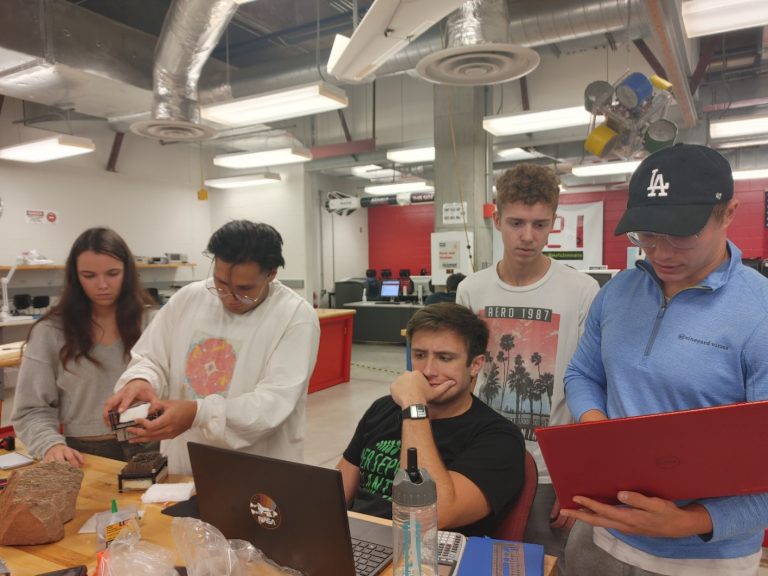
Moving Forward
Going into next semester, the team will again have many deliverables with harsh deadlines. For NASA, there is a Preliminary Design Review, Test Equipment Data Package Report, and Proof of Concept video due in the spring. The team will continue to maintain an accurate project timeline and schedule and meet deadlines early. Micro-G will again be split into two teams: one for manufacturing and one for testing and outreach. These teams must again communicate often in order to complete the deliverables. Since we build our final prototype in the spring to send to NASA, we will begin manufacturing as soon as possible in case the first manufactured prototype is constructed incorrectly or functions improperly. This requires ordering materials ahead of time and having a plan for manufacturing ready to go. With the expectation of being selected to move forward in the Micro-g NExT competition, our ultimate goal for next semester is to conduct outreach events, build and test a final working prototype, and travel to the Johnson Space Center for operational testing at the Neutral Buoyancy Laboratory.
